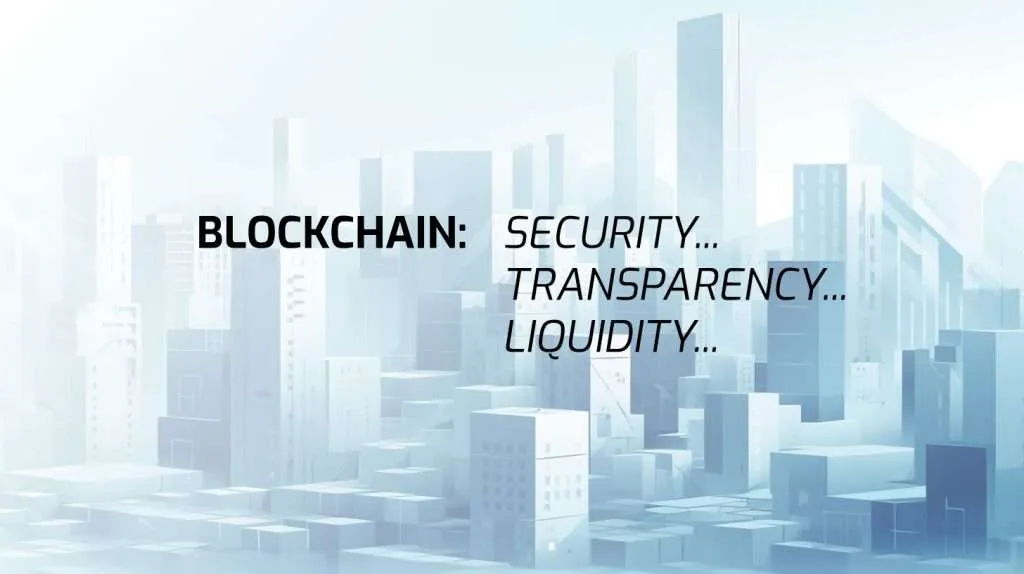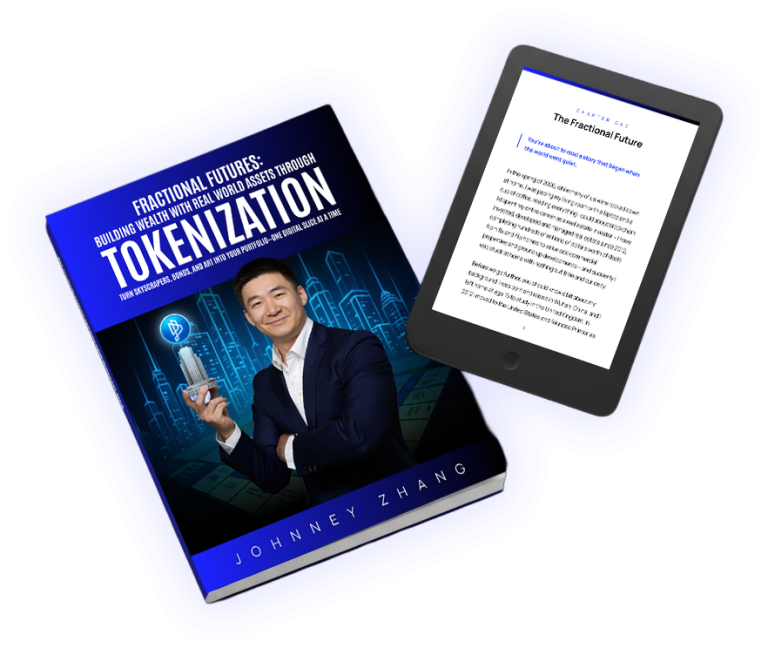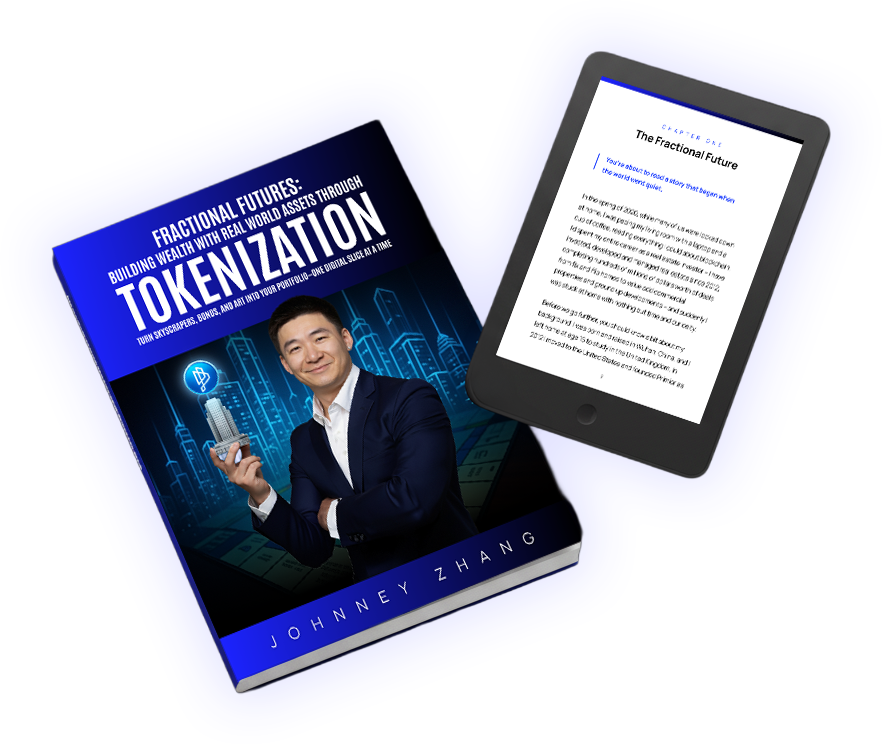The first use case of blockchain is Bitcoin, which was meant to be a digital money system. However, the technology is industry-agnostic and can be transformative for many sectors. Blockchain is not only about creating intangible digital items from scratch. It can also transform existing physical assets through tokenization, a process that can boost liquidity and make trading more efficient.
What Is Tokenization?
Tokenization refers to the issuance of blockchain-based tokens that represent real-world underlying assets, whether tangible or intangible. Token holders have ownership rights over the underlying asset and can trade it on secondary markets.
Tokenization opens the door to a wide range of applications that can transform the financial industry by bringing more liquidity, transparency, and security, as well as streamlining major processes.
Moving assets to blockchain infrastructures is becoming a big trend in the current digital age. Banking giants, including JPMorgan and Goldman Sachs, are also embracing tokenization use cases, pushing the technology to the mainstream.
While blockchain can be used to tokenize any type of asset, we’ll focus on physical assets and the securities related to them. One of the most fundamental tangible asset classes is real estate. The property market can greatly benefit from tokenization. The same is true for art, precious metals, and luxury goods.
Given that real estate is a highly regulated market, one of the most straightforward approaches to tokenize property assets in the US is to issue security tokens, which are blockchain-based tokens representing securities and thus registered with the Securities and Exchange Commission (SEC). Specifically, real estate assets can be converted into asset-backed tokens, which are digital securities backed by real-world assets. Another option would be to convert the asset into a single non-fungible token (NFT).
Other physical assets, such as precious metals, can be converted into stablecoins, which are digital currencies that have their price pegged to an underlying asset. Such tokens are less regulated today and can be traded worldwide without any constraints.
One of the main benefits of tokenization relates to liquidity, and you’re about to find out how security tokens bring flexibility to physical assets, especially when it comes to real estate.
How Tokenization Boost Liquidity of Physical Assets?
The promise of tokenization focuses very much on liquidity, and there are several aspects contributing to it. Let’s explore them one by one:
- Digital record – to begin with, a token is a digital record on a decentralized network, ideally a public blockchain. This inherent attribute enhances the liquidity of a physical asset, making it more convenient to trade. In 2022, there were two instances in the US when a home was sold as an NFT. This approach can make the process more straightforward than signing multiple paper documents, and that can, in turn, attract more investors.
- Fractional ownership – one of the great features of security tokens is fractional ownership, which enables a valuable physical asset, such as a house or building, to be divided into multiple units represented by tokens with equal value. Thanks to this feature, an asset can be sold to multiple entities, which automatically boosts liquidity. Imagine a house or a Picasso painting being put for the sale as multiple tokens. The investment threshold is lowered, making the asset available to a larger pool of investors. The fractional ownership feature alone can greatly boost the liquidity of physical assets, making them more flexible for trading.
- Global reach – blockchains are decentralized networks with no single authority, and their nodes are dispersed globally. Through tokenization, physical assets become potentially accessible to investors from all over the world. In this way, token issuers can raise even more capital and improve price discovery. Nevertheless, given that tokens are programmable, issuers can impose certain restrictions related to jurisdictions. For example, security token issuers can enforce limitations so that the token can be sold in certain countries while being accessible to accredited investors only. Thanks to this feature, token issuers can prevent investments from sanctioned countries or ineligible investors.
- Secondary market sales – tokenization doesn’t necessarily imply a direct relationship between token issuers and investors. All types of tokens, including security tokens, NFTs, and stablecoins, can be traded on secondary markets. This is an important aspect contributing to greater liquidity, especially as there is a wide network of centralized and decentralized exchanges that offer loads of options to customize investors’ exposure.
- Lower investment threshold – the fractional ownership feature, along with other factors, has lowered the investment threshold for valuable physical assets, such as real estate. This automatically is broadening the investor base. With a lower investment threshold, investors can diversify their portfolios and allocate to classes that were previously out of their reach.
- 24/7 trading – the majority of centralized and decentralized exchanges are open around the clock, which makes trading available at any time irrespective of the time zone. Otherwise, physical assets have to consider time limitations, which negatively impact liquidity. For example, real estate agencies and galleries usually are open during business days only.
- Higher speed at lower costs – thanks to a significant reduction in settlement time, blockchain transactions are much faster. In fact, there are advanced blockchains using different versions of the Proof of Stake (PoS) consensus algorithm that can support real-time transactions. This not only reduces counterparty risk and the possibility of trade breaks but also contributes to better liquidity. The transaction fees are also very low most of the time.
- Self-custody – blockchain technology enables token holders to have full responsibility over their assets without the need for third parties like brokers and other intermediaries.
How Can Tokenization Help Real Estate?
The total value of global real estate is exceeding $300 billion, making it one of the largest and most fundamental markets out there. Nevertheless, despite its immensity and importance, traditional real estate is illiquid and quite nontransparent. One of the reasons has to do with the nature of the underlying assets themselves, as houses and buildings are valuable physical assets whose trade is strongly regulated. On top of that, the market is plagued with high investment costs, expensive intermediaries, and inefficient settlement, among others.
Tokenization can address most of these issues and potentially unlock hundreds of billions. In a dedicated report, London-based accountancy and advisory firm Moore Global said that tokenization is one of the most transformative trends for real estate with huge potential. If only 1% of the total global property market were tokenized in the next five years, that would already become a $3 trillion market.
“Tokenization has potential to drive down transactional costs and improve efficiency via the use of ‘smart contracts’ which can replace copious paperwork and laborious administration,” the report reads.
Final Thoughts
Blockchain technology has the potential to revolutionize the financial industry by introducing more liquidity, transparency, and security through tokenization. Despite the regulatory uncertainties surrounding blockchain technology, security tokens help mitigate some of the risks associated with tokenizing real assets in the decentralized finance (DeFi) ecosystem, making it a more appealing option for governments and corporations. With the security token infrastructure growing rapidly, the future of tokenization appears promising, and witnessing the financial industry’s transformation through this innovative technology is exhilarating.















